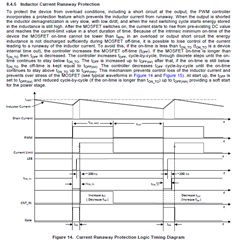Hi Team,
My customer is asking how to calculate power dissipation and junction temp for UCC28881?
I think normally following formula is used to calculate Tj(max), but how can customer calculate power dissipation? I couldn't find it in datasheet.
Tjmax[℃] = Ta [℃]+ RθJA[℃/W] * PD[W]
I know Webench is one way to estimate power dissipation and Tj, please let me know how can I get it by hand calculation.
Thanks.
Regards,
Jo


